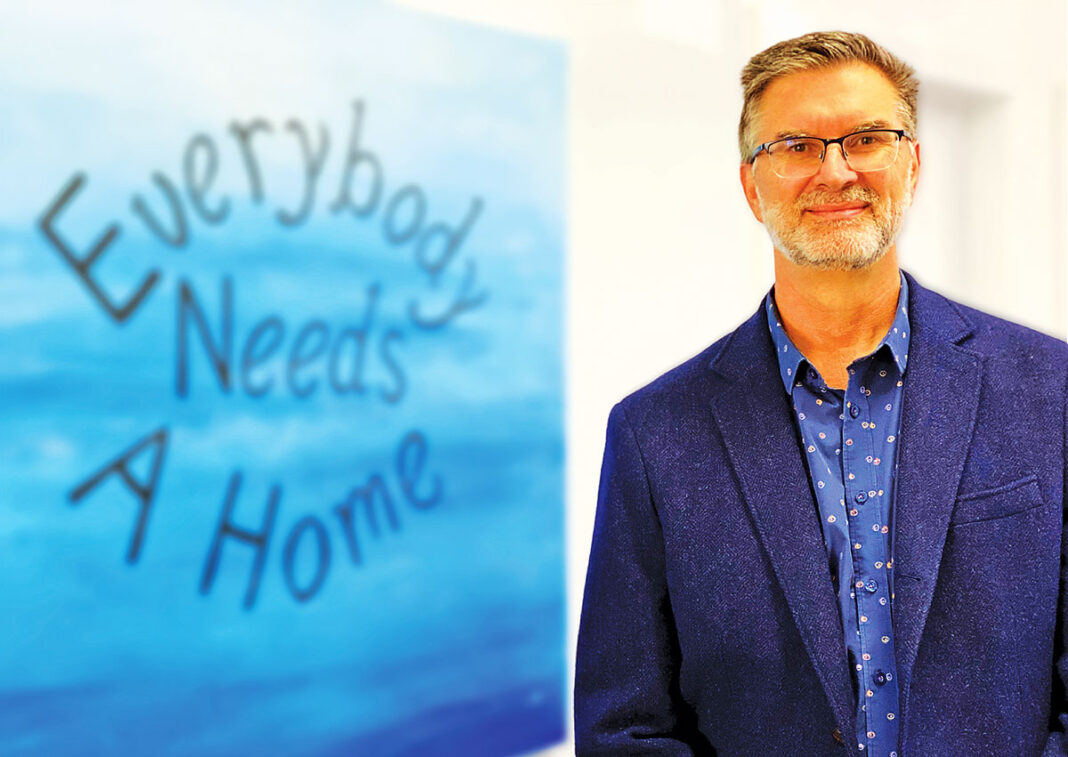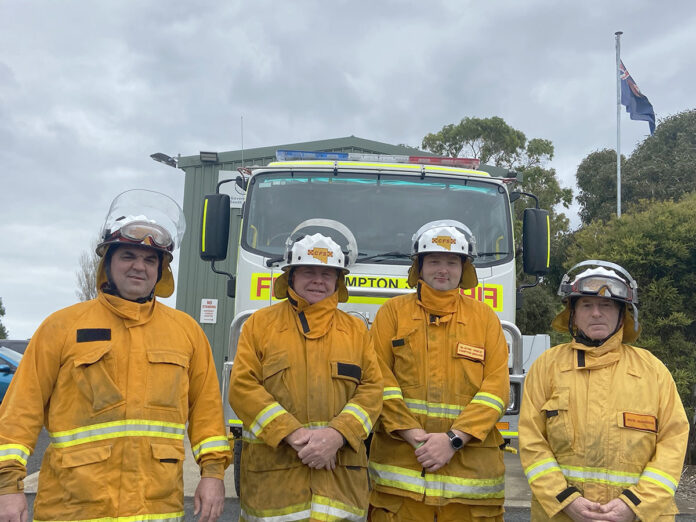Astudy of properties available in southern country South Australia has found the private rental market is failing people on low incomes.
Country specialist homelessness agency ac.care, founded in Mount Gambier, has shared regional data in collaboration with Anglicare Australia’s national Rental Affordability Snapshot released today.
The agency’s chief executive officer Shane Maddocks, pictured right, said on the snapshot weekend of March 19, 2022, 55 private rentals were advertised for rent across the Limestone Coast, Riverland and Murraylands, with ac.care analysing whether each property was affordable and suitable for 14 types of households on low incomes.
“Some people may have shelter or accommodation, but for many of the people on our nation’s lowest incomes there is sadly very little on the market in the Murraylands, Riverland and Limestone Coast that could be a place to call home,” Mr Maddocks said.
“The key to making housing more affordable lies in two factors – making sure everyone has a decent income and providing enough affordable rentals for the people who need them.
“It is clear we must invest in affordable housing and the shortfall of affordable rentals in our regions must be tackled.”
Mr Maddocks said ac.care was calling for major parties to commit to an increase to the rate of JobSeeker and other payments in the lead-up to the Federal Election.
“This will help people on the lowest incomes find a secure home,” Mr Maddocks said.
ac.care has also joined the sector-wide campaign calling for more support to renters and development of a sustainable plan to tackle homelessness.
“Nobody should be forced to make impossible sacrifices just to keep a roof over their head,” Mr Maddocks said.
“It’s time to take real action and make sure that everyone can have a place to call home.”
Mr Maddocks said the study showed that in the Limestone Coast, Riverland and Murraylands, as was the case across Australia, renters on low incomes were being priced out of the rental market.
“People on income support, especially those who are out of work, have few options, with no rentals, including sharehouses, affordable for a single person on the JobSeeker payment,” he said.
“The shortage of affordable rentals will condemn people to make difficult decisions to keep a roof over their head.
“Families out of work are also facing a dire situation.
“An out-of-work couple with two children could afford only 15% of rentals, but competed with people on higher incomes for these scarce properties.
“Single parents out of work face even tougher odds, with affordability at just 5%.
“This helps explain why the rate of JobSeeker is such a critical factor in child poverty – one in six Australian children now lives in poverty, with those growing up in households that depend on JobSeeker at much greater risk.”
Mr Maddocks said the snapshot data also showed how tough the regional rental market was for young people.
“A person on Youth Allowance looking for a sharehouse cannot afford any of the available rentals in the southern country South Australia regions,” he said.
“Youth Allowance is the lowest of all government payments and year after year we find young people are at the bottom of the affordability ladder.
“Meanwhile, people with disabilities faced unique challenges in the market, with individuals receiving the Disability Support Pension only able to afford 7% of rentals.
“Some will find the rentals listed in our snapshot do not meet their needs and for many people the Disability Support Pension is too low to allow them to rent a home that does.
“A couple living on the age pension could only afford 20% of rentals, while single retirees had it even worse, with 7% of listings left to compete for.”
Mr Maddocks said working people were “hardly better off”.
“A single person working full-time on the minimum wage will find only 13% of rentals are affordable.
“Of all the households featured in the latest snapshot, families with two parents in full-time work had the best chance of finding an affordable home, but even they were priced out of 40% of rentals surveyed,” he said.
But Mr Maddocks said the rental affordability snapshot did not tell the whole story.
“Although we assessed properties based on the full-time minimum wage, we know more and more people are working casually,” he said.
“Their plight is likely to be much worse than this snapshot shows.”
Mr Maddocks said the snapshot also did not take into account competition for each of the properties with dozens of applications commonly being submitted for affordable rentals in the regions and the most vulnerable left demoralised by constant knockbacks from housing applications.
“All of this is a wake-up call,” he said.
“The latest data and what our frontline workers are seeing at our homelessness services across southern country South Australia is affordable homes are simply not available for people on low incomes – it is past time for action to make housing more affordable as a national priority.”




